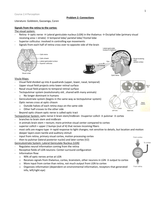Summary
Summary Course 2.4 Problem 2 Connections
- Course
- Institution
- Book
This is part of the summary of Course 2.4 Perception at Erasmus University Rotterdam. I put a lot of effort into making these summaries and included pictures and graphs to make things as understandable as possible. I managed to get quite a high grade on the course exam at the end (8.8). Note though...
[Show more]




